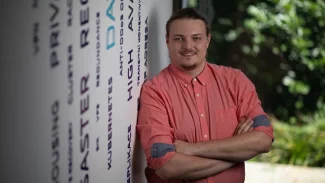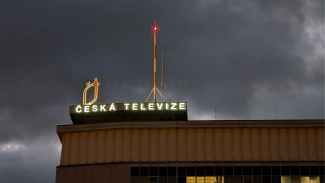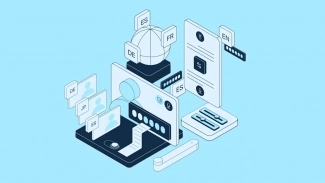Názor k článku Programování v jazyce BASIC je životním stylem – již šedesát let od Pavel Křivánek - The function FOO has a BREAK. CL-USER 76 >...
-
Článek je starý, nové názory již nelze přidávat.
-

The function FOO has a BREAK.
CL-USER 76 > (defun foo (a) (+ (break) (sin a))) FOO CL-USER 77 > (foo 10) Break. 1 (continue) Return from break. 2 (abort) Return to top loop level 0. Type :b for backtrace or :c <option number> to proceed. Type :bug-form "<subject>" for a bug report template or :? for other options.We are in the break lets get a quick backtrace and move to the right stack frame:
CL-USER 78 : 1 > :bq INVOKE-DEBUGGER <- BREAK <- FOO <- EVAL <- CAPI::CAPI-TOP-LEVEL-FUNCTION <- CAPI::INTERACTIVE-PANE-TOP-LOOP <- MP::PROCESS-SG-FUNCTION CL-USER 79 : 1 > :n Call to INVOKE-DEBUGGER CL-USER 80 : 1 > :n Call to BREAK CL-USER 81 : 1 > :n Interpreted call to FOO
What is the current source?
CL-USER 82 : 1 > :lambda (LAMBDA (A) (DECLARE (SYSTEM::SOURCE-LEVEL #<EQ Hash Table{0} 8220104A8B>)) (DECLARE (LAMBDA-NAME FOO)) (+ (BREAK) (SIN A)))Let's change the code:
CL-USER 83 : 1 > (setf (third (fifth *)) '(* a 4)) (* A 4)
Let's see the new code.
CL-USER 84 : 1 > :lambda (LAMBDA (A) (DECLARE (SYSTEM::SOURCE-LEVEL #<EQ Hash Table{0} 8220104A8B>)) (DECLARE (LAMBDA-NAME FOO)) (+ (BREAK) (* A 4)))Move to the BREAK stack frame and return 2 from there:
CL-USER 85 : 1 > :p Call to BREAK CL-USER 86 : 1 > :ret 2 42
As you can see, we have changed the running source code, without the need to restart anything.






















